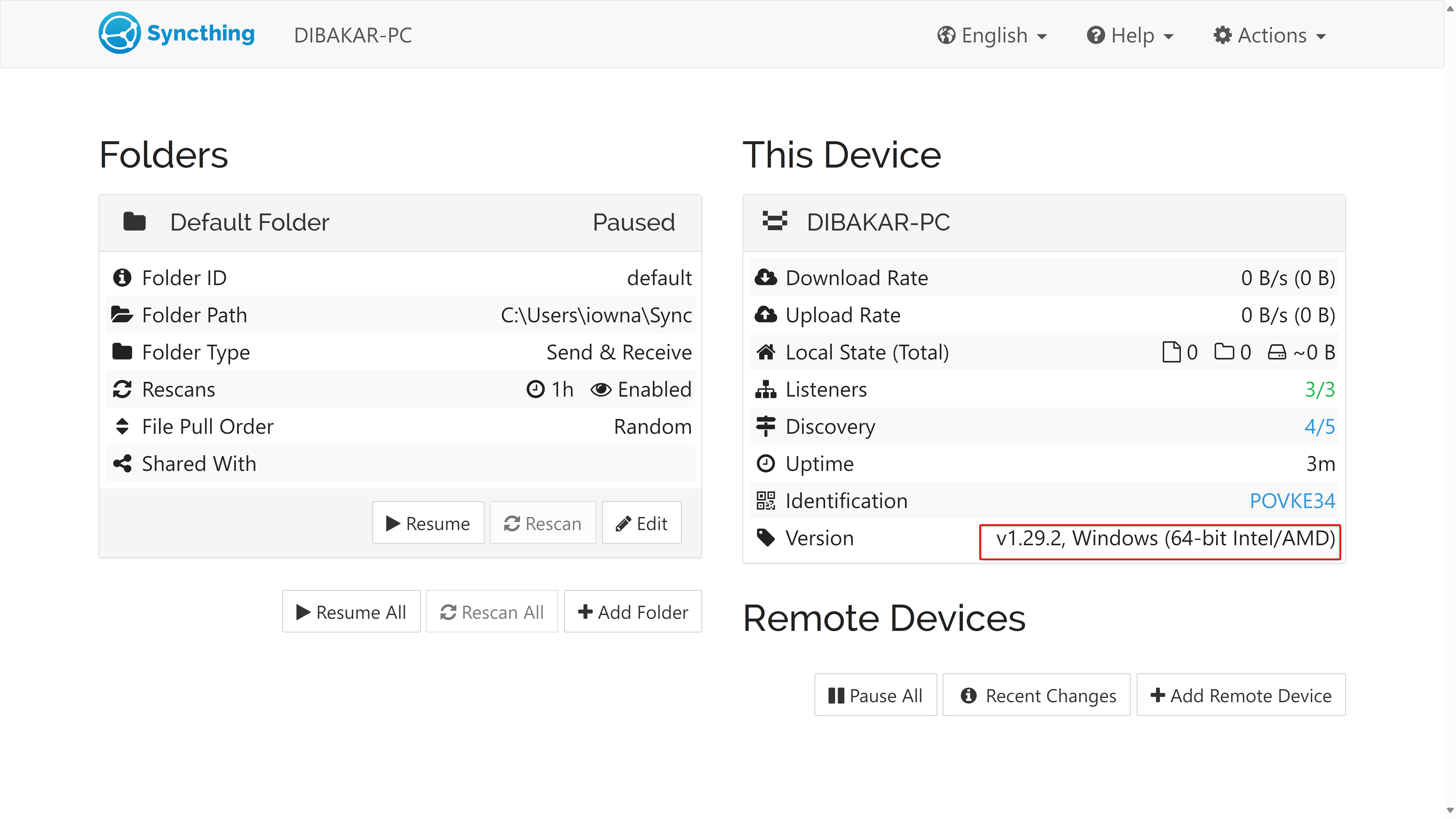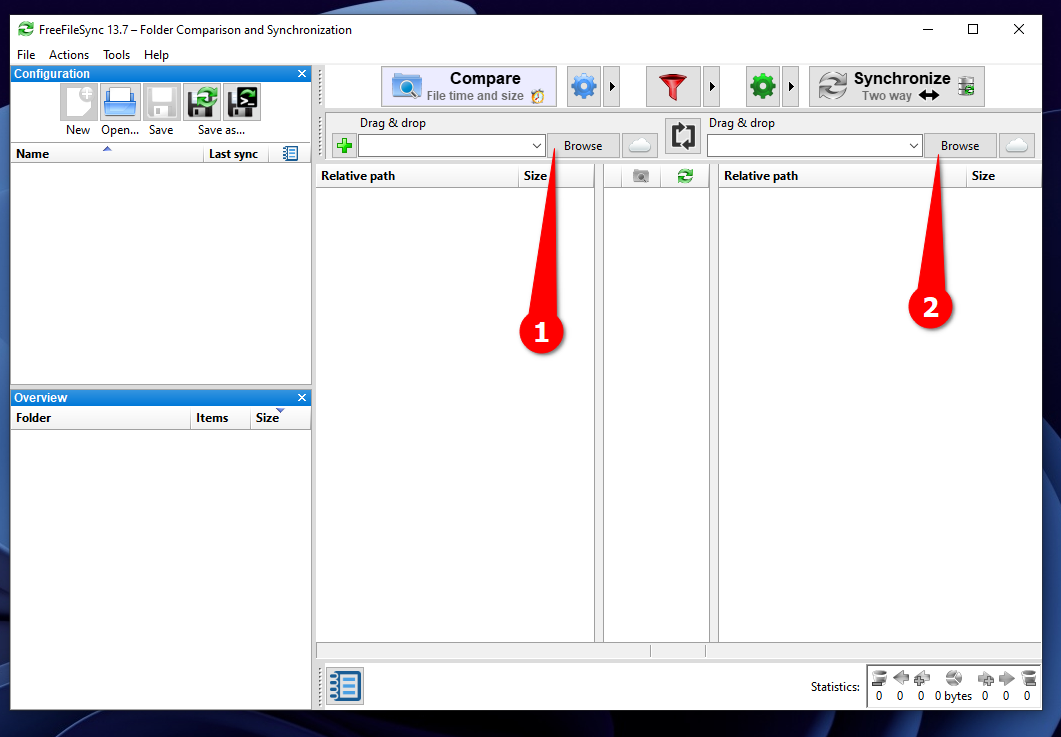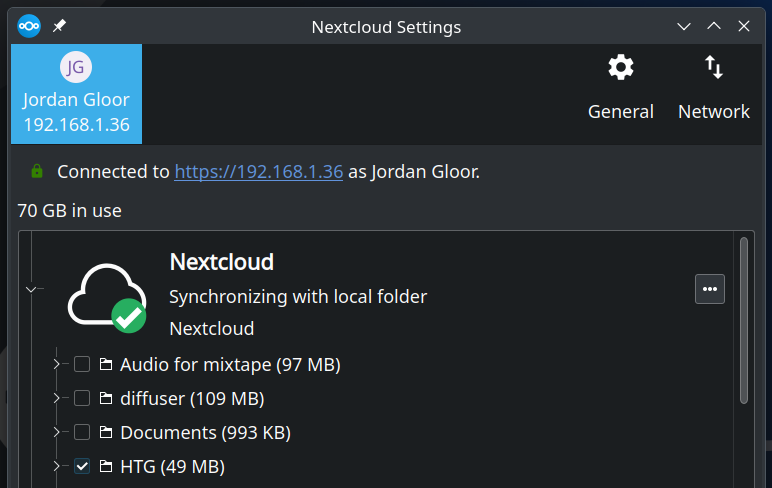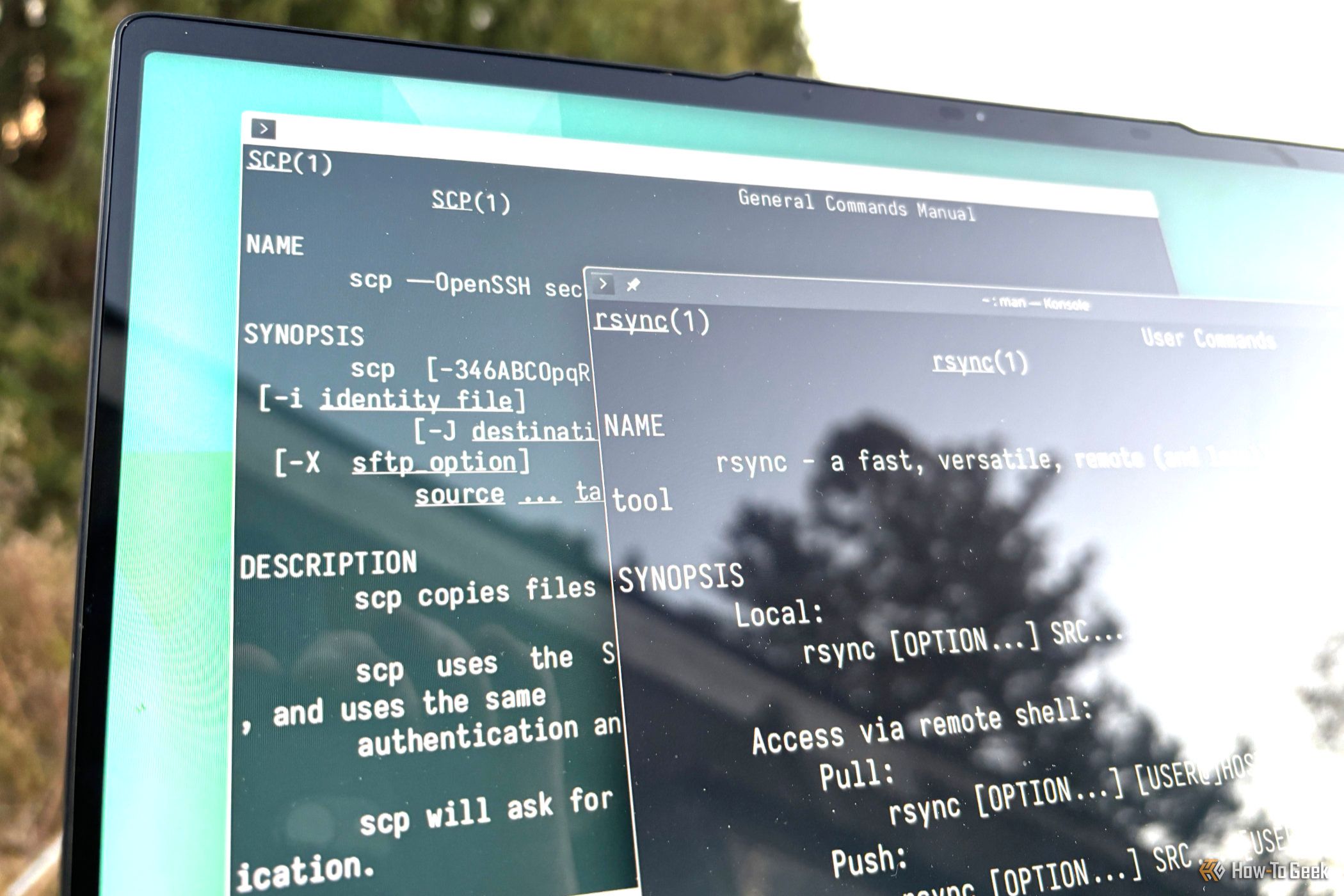Want to use both Windows and Linux but want to keep all your files in sync? Whether you prefer automatic background syncing or manual control, these cross-platform tools offer secure, efficient solutions for keeping your data synchronized across operating systems.
5
Syncthing: Automated Peer-to-Peer Syncing
Syncthing is a powerful synchronization tool built with privacy and automation in mind. At its core, it offers peer-to-peer file synchronization that keeps your files in-sync across multiple devices without relying on a central server. This means that once you add, remove, or edit a file on one device, changes are instantly synced on the connected device without involving any intermediary storage providers, making sure your data stays secure and under your control.
What makes Syncthing particularly compelling is its approach to continuous synchronization. Once set up, it works silently in the background, monitoring your chosen folders for changes and syncing any changes between your devices in real-time. The tool also employs strong encryption by default, so you don’t need to worry about hackers sniffing your data.
Syncthing is my favorite sync tool and what I use. I not only use it to sync files between my Windows and Linux systems, but also to sync Obsidian notes between my Windows PC and Android phone.
4
FreeFileSync: When Manual Control Matters
FreeFileSync takes a fundamentally different approach to file synchronization when compared to Syncthing. Instead of automatic background synchronization, FreeFileSync offers a visual and manual syncing solution. You get a graphical interface that lets you see and choose exactly what files are getting synced between both devices and the syncing takes place only when you give the green signal.
The tool excels in its comparison capabilities, letting you see file differences side by side and make informed decisions about each sync operation. Where Syncthing works best for those who want a “set it and forget it” solution, FreeFileSync shines for users who need to carefully manage their synchronization process. It’s particularly valuable for one-time migrations or when you need to ensure specific files don’t accidentally sync to the wrong place.
It’s a great option for users who are looking for extra granular and manual control over what files are synced between their devices. With Syncthing, all your edits would get synced in real-time, but with FreeFileSync, you can sync the file only when you’re done editing and modifying it. This also makes it an excellent tool for backups.
3
Nextcloud: Deploy a Self-Hosted Cloud for Syncing
Technically, Nextcloud is not a syncing tool but rather a file hosting system that lets you create your own cloud storage solution. It can be a bit complicated to set up, but what you get in return is a very powerful system that can do a lot of things, including file syncing. Ideally, you’d use a Raspberry Pi to host your Nextcloud server, but you can also use a VPS (Virtual Private Server). You can also host it locally, but note that the system needs to run 24/7 for your Nextcloud server to stay operational.
Once set up, you can create synchronized Nextcloud folders on your Windows and Linux PCs. Now, any changes you make to files in these folders automatically sync across to the other device through the Nextcloud server. For example, if you edit a document on your Windows PC, those changes will automatically appear on your Linux PC without any manual uploading or downloading. The server acts as a central hub, ensuring all your devices stay in sync with the latest version of your files.
The biggest benefit of syncing files like this is that the files are uploaded to your Nextcloud instance. This means that you can edit a file on your Windows PC, turn off the machine, and then open your Linux PC at a later hour and still find the updated file. This is not possible with peer-to-peer syncing solutions like Syncthing and FreeFileSync because both your Windows and Linux PC need to be running at the same time for the files to sync.
You can technically use OneDrive or Dropbox, similar to Nextcloud, for your file syncing needs. The main advantage Nextcloud has over those options is that you host your Nextcloud instance, which means only you (no third party) can access the data that goes through it.
2
rsync: For the Command Line Enthusiasts
Unlike all the other tools I discussed which give you a graphical user interface, you need to use the command line to work with rsync. However, if that’s alright with you, rsync gives you access to the most powerful, flexible, and efficient syncing tool available.
The tool’s defining feature is its delta-transfer algorithm, which makes it uniquely efficient at handling large files. Where Syncthing or FreeFileSync need to transfer complete files when changes occur, rsync intelligently transfers only the changed portions of files. This makes it extraordinarily bandwidth-efficient, especially for large files with small changes.
It also offers intelligent network resume capabilities, which means that if there’s a network issue or interruption to the transfer process, rsync can gracefully navigate the inconvenience and ensure your files are synced when network stability is restored.
Furthermore, as a command line utility, you can easily set up bash scripts with rsync and run automated syncing scenarios. That said, rsync is a command line utility that is only natively available on Linux, not on Windows. As such, to run rsync on a Windows system, you need to enable WSL (Windows Subsystem for Linux) and then install rsync in a virtualized Linux environment that still allows you to access your Windows files.
There is a graphical wrapper for rsync called Grsync that you can use if you find this tool exciting but hate using the command line. However, it only lets you access the basic and most common features of rsync with a point-and-click interface. For the advanced stuff, you will need to use the tool in the command line.
And last but not least, we have the trusty USB drive. Now, before you shout at me that copying files to a USB drive and transferring between PCs isn’t called syncing—I know! But what if you only had a single PC in a dual-booted configuration running multiple operating systems? In that case, solutions like Syncthing, FreeFileSync, or rsync will not work because all these tools require both systems to run at the same time for the syncing to happen. However, in a dual boot system, the two systems are never running at the same time.
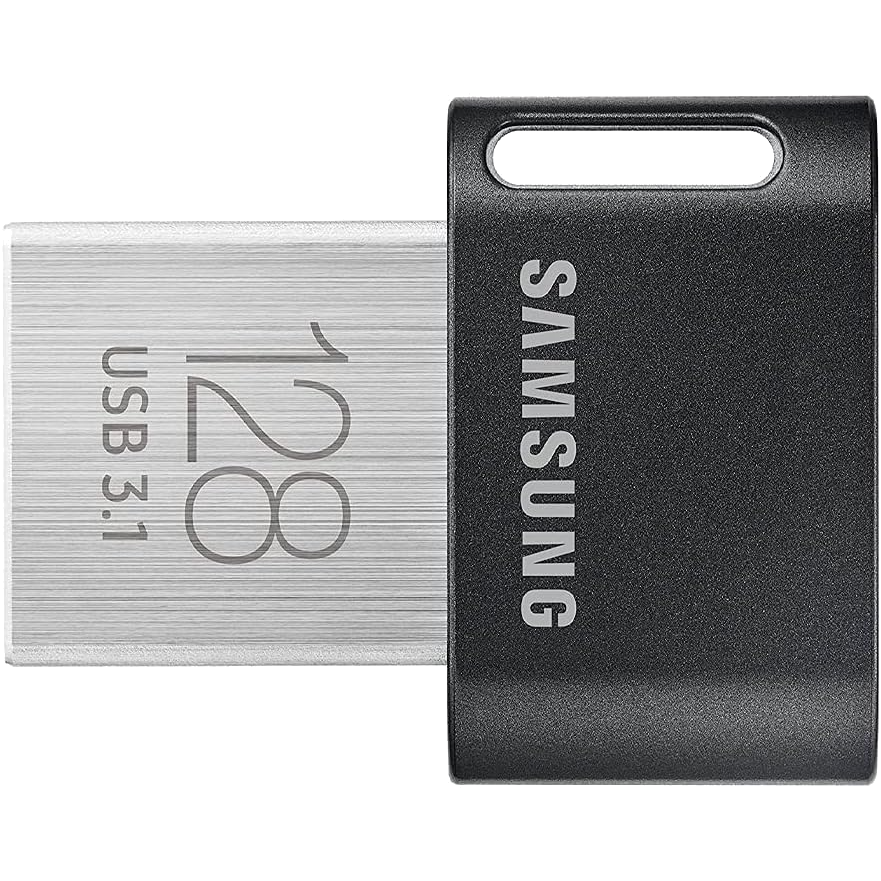
Samsung Fit Plus USB 3.1 Flash Drive
If you need a well-rounded flash drive with good durability and fast performance, the Fit Plus is a great choice.
Now, Nextcloud is a solution for dual boot systems, but it’s a costly solution. You need to use a VPS, which is a paid monthly (or yearly) service, or you need to host it on a separate local system, which—in this example—you don’t have.
This is where a USB drive comes in. It’s super cheap; you probably have one lying around on your desk right now. You can simply plug it into your PC, and both Windows and Linux will read the files on the USB drive when you boot into the respective operating systems. This means you can start Windows, move a file to the USB drive that you want on Linux, close Windows, open Linux, and the file is there on the USB drive. Simple, elegant, and resourceful!
Whether you opt for Syncthing’s automated convenience, FreeFileSync’s manual control, Nextcloud’s self-hosted solution, rsync’s command-line power, or even a simple USB drive, the key is choosing a tool that fits your workflow. Each option offers distinct advantages for keeping your Windows and Linux systems synchronized efficiently.


